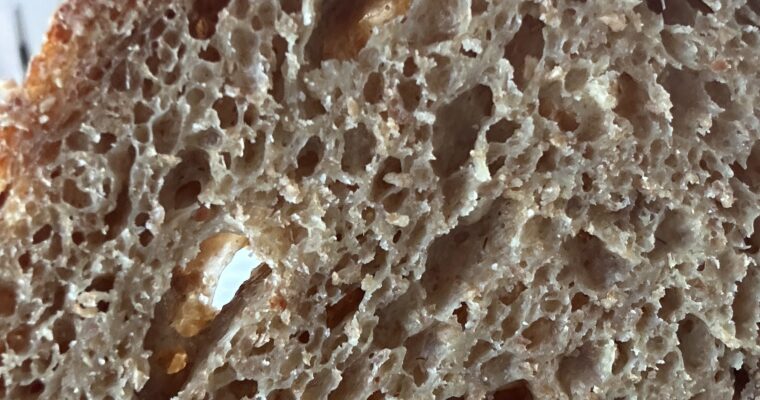Milling spelt into flour alters its composition and nutritional profile compared to whole grain spelt. Here are the nutritional benefits and considerations of using spelt flour:
Nutritional Benefits of Spelt Flour:
- High in Protein: Spelt flour retains a significant amount of protein from the whole grain, making it a good source for those looking to increase their protein intake. It contains around 10-15% protein, which is higher than many other grains.
- Rich in Fiber: While not as high in fiber as whole grain spelt, spelt flour still contains a decent amount of dietary fiber. It helps promote digestive health and can aid in managing blood sugar levels.
- Vitamins and Minerals: Spelt flour retains some of the essential vitamins and minerals found in whole grain spelt, including B vitamins (such as niacin and thiamine) and minerals like manganese, phosphorus, and magnesium. These nutrients play important roles in energy metabolism, bone health, and overall cellular function.
- Lower Gluten Content: Although not gluten-free, spelt flour has a lower gluten content compared to modern wheat varieties. Some individuals with mild gluten sensitivities may find spelt easier to digest, but it is not suitable for those with celiac disease.
- Rich Flavor: Spelt flour has a nutty and slightly sweet flavor profile, which can enhance the taste of baked goods and other recipes.
Considerations When Using Spelt Flour:
- Processing: Shelf-stable spelt flour has the bran and germ removed, which are rich in fiber, vitamins, and minerals. This results in a loss of nutritional benefits compared to milling your own whole grain spelt flour.
- Gluten Sensitivity: While spelt has a different gluten structure compared to wheat, it still contains gluten and is not suitable for individuals with celiac disease.
- Baking Characteristics: Spelt flour behaves differently in baking compared to traditional wheat flour. It has less elasticity and may require adjustments in recipes, such as the amount of liquid.
Ways to Incorporate Spelt Flour:
- Baking: Use spelt flour in place of or in combination with wheat flour in baking recipes like bread, muffins, pancakes, and cookies.
- Cooking: Spelt flour can be used to thicken sauces, soups, and stews due to its binding properties.
- Alternative Products: Make your own spelt-based pasta, crackers, and cereals for variety in your diet.
In a Nutshell:
Milling spelt into flour preserves many of its nutritional benefits, including protein, fiber, vitamins, minerals, and phytonutrients. It offers a flavorful alternative to traditional wheat flour and can be a valuable addition to a balanced diet. Additionally, it’s essential to remember that using whole grain spelt retains more of its fiber and nutrients compared to spelt flour from the store. Why not try milling some whole grain spelt flour, incorporating this ancient grain into your meals for a diverse and nutritious diet?



